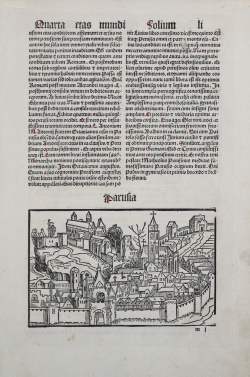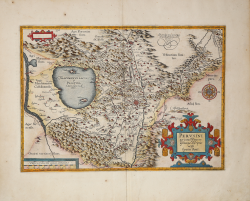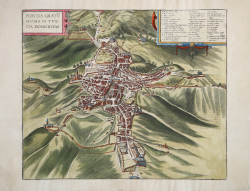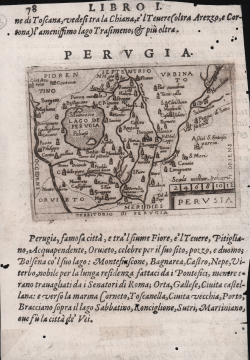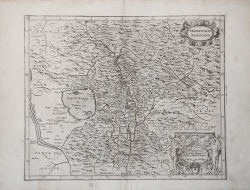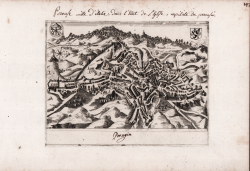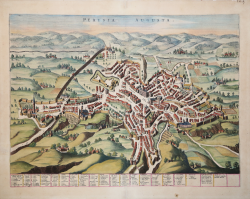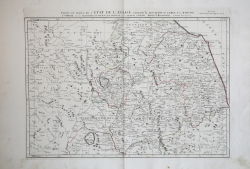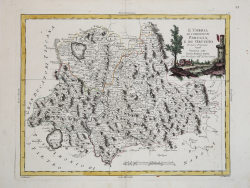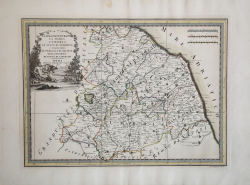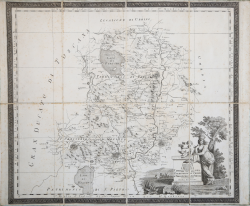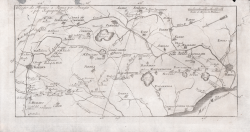Perusini agri, exactissima novissimaque descriptio: auctore Egnatio...
Abraham ORTELIUS
Code:
S38201
Measures:
470 x 330 mm
Year:
1584
Printed:
Antwerpen
Perusia Gratu Musis in Tuscia Domicilium
Georg BRAUN & Franz HOGENBERG
Code:
S37990
Measures:
435 x 360 mm
Year:
1588
Printed:
Antwerpen & Cologne
Territorio Perugino
Giovanni Antonio MAGINI
Code:
S40987
Measures:
430 x 355 mm
Year:
1598 ca.
Printed:
Bologna
Territorio Perugino
Hendrick HONDIUS
Code:
S48759
Measures:
495 x 375 mm
Year:
1636 ca.
Printed:
Amsterdam
Territorio Perugino
Willem Janszoon BLAEU
Code:
S72
Measures:
500 x 385 mm
Year:
1640 ca.
Printed:
Amsterdam
Perusia Augusta
Johannes BLAEU
Code:
S42564
Measures:
545 x 410 mm
Year:
1663 ca.
Printed:
Amsterdam
Partie de Milieu de l'Etat de l'Eglise... avec le Territoires...
Francesco & Paolo SANTINI
Code:
CO-268
Measures:
620 x 460 mm
Year:
1776
Printed:
Venice
L'Umbria e i Territori di Perugia e di Orvieto
Antonio ZATTA
Code:
CO-115
Measures:
420 x 330 mm
Year:
1783
Printed:
Venice
La Legazione d'Urbino la Marca l'Umbria lo Stato di Camerino i...
Giovanni Maria CASSINI
Code:
CO-522
Measures:
480 x 350 mm
Year:
1791
Printed:
Rome
Carta del Territorio d'Orvieto e Territorio di Perugia
Bernardino OLIVIERI
Code:
CO-344
Measures:
510 x 440 mm
Year:
1803
Printed:
Rome
Viaggio da Firenze a Roma per Perugia e per Acquapendente
Pietro & Giuseppe VALLARDI
Code:
CO-202
Measures:
300 x 150 mm
Year:
1806 ca.
Printed:
Milan

